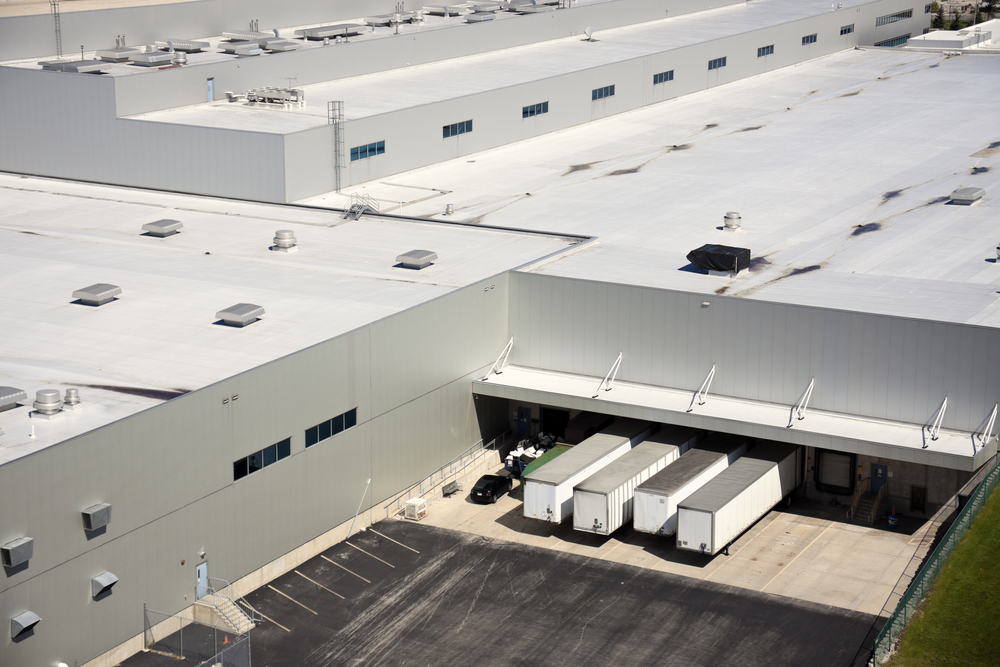Far too many property managers inadvertently choose to take a reactive approach when it comes to managing building envelope problems. They certainly don’t want problems to occur, yet aren’t actively searching for ways to prevent them. Granted, this can be a difficult task given that the exterior facades of the area’s buildings are constantly exposed to Mother Nature’s most damaging deterioration agent: water. However, the potential for water infiltration can be spotted and even prevented through effective condition monitoring.
Be Proactive, Not Reactive
By being proactive with the maintenance of your building, you can pinpoint the potential sources of building envelope problems and address them prior to any significant damage occurring. Developing an effective condition monitoring strategy aimed at accomplishing this task requires an emphasis on the following three areas:
- Understanding your building’s design: How can you know where the potential for problems exists without first understanding the design of your building? As a property manager, you should have immediate access to building schematics, architectural and construction renderings, and utility maps. These will show you the all-important areas where the components that comprise your building envelope interface with each other and with interior systems. It’s at these points where water infiltration is most likely to occur. Once you know where to look, you can then monitor the performance of the external cladding at these crucial points to help determine when problematic conditions begin to arise.
- Reviewing your repair history: Along with identifying critical interface points along your building envelope, you can also find clues to potential problems by reviewing your structure’s repair history. Areas that have already undergone repair should be carefully monitored to measure both the soundness of the repair work as well as how the corrective elements employed there could be used to combat building envelope problems in other areas. Hidden within the details of a repair job are the contributing factors that lead to the problem to begin with. Knowing what these are could help you in developing a preventative approach to maintaining your other exterior cladding components.
- Knowing where drainage systems exist: Project managers understand that the interface points on your building’s exterior are susceptible to water accumulation. That will typically lead them to install some sort of drainage system to remove water that does infiltrate. However, this isn’t possible in all areas. Therefore, if you identify sealant joints that allow water to enter, be careful before sealing them to ensure that you’re not trapping water that may already be inside. Completing an infrared thermography inspection prior to repairs can show you hidden areas of water seepage.
Don’t fall into the trap of thinking that water damage is something that has to be dealt with. Rather, your focus should be on prevention. Efficient condition monitoring protocols can help spot small issues before they have the chance to develop into larger, more costly building envelope problems. Commercial weatherproofing professionals can rely on their own experiences to create and implement such protocols for you. You’ll find such professionals at Atlantic Restoration.
Contact Us
continue reading
Related Posts
Maintaining a reliable, sturdy roof and scheduling any necessary roof […]
When you are in the property management business, it is […]



